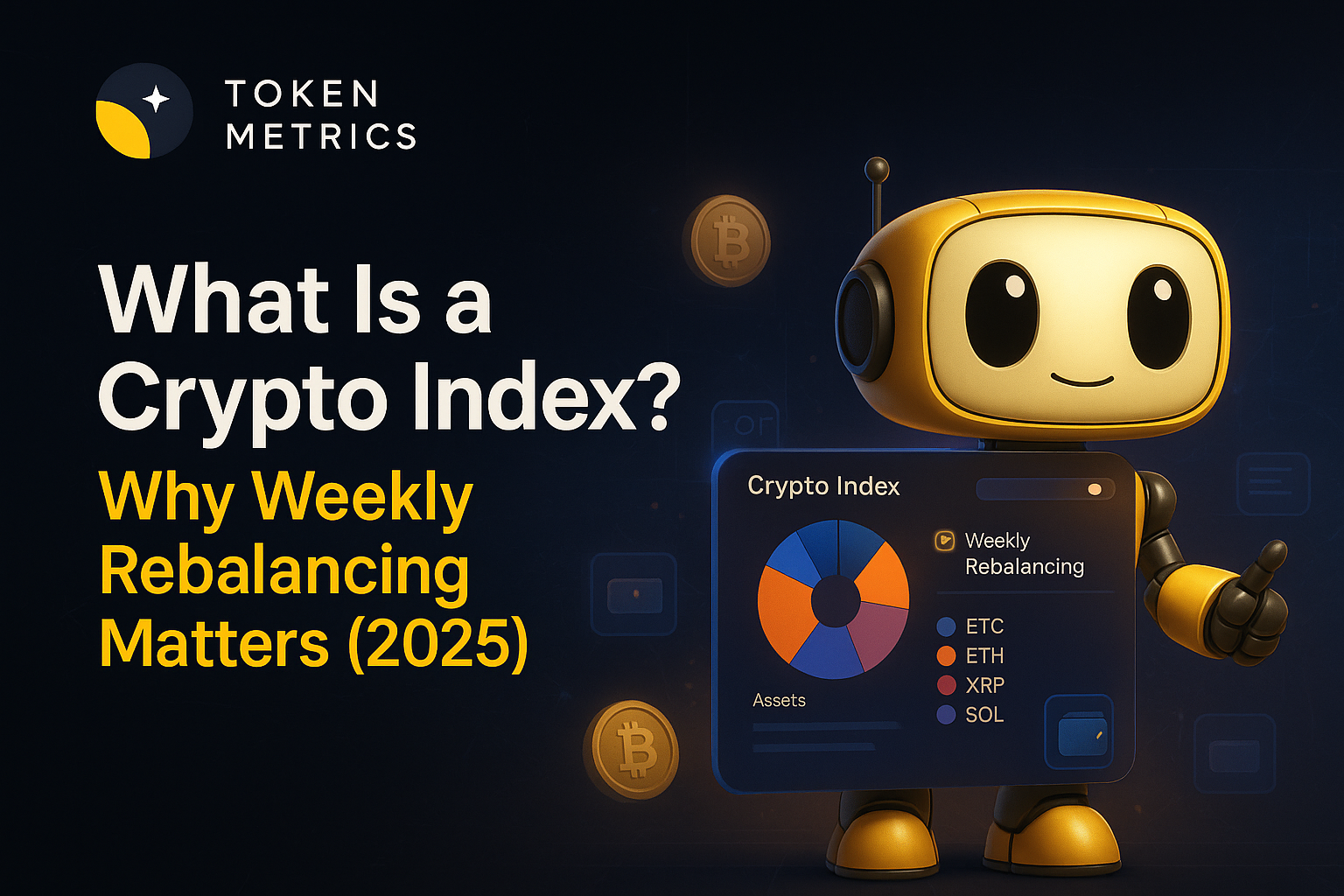How Safe Are Crypto APIs? An In-Depth Look at Security and Best Practices

The world of cryptocurrency is driven by fast-evolving technology, and at the core of many innovative projects are crypto APIs. These powerful interfaces let developers, traders, and analysts interact with blockchains, trading platforms, data aggregators, and a wide array of crypto-related services. But with convenience comes an important question: are crypto APIs safe to use?
What Are Crypto APIs and Why Are They Used?
Crypto APIs (Application Programming Interfaces) are digital bridges that allow applications to communicate with cryptocurrency networks, exchanges, wallets, market data aggregators, and payment services. They are essential for building trading bots, portfolio trackers, AI-powered research tools, DeFi platforms, NFT applications, and much more.
Developers and organizations use crypto APIs to:
- Fetch and analyze real-time and historical prices, trading volumes, and market data.
- Query blockchain activity and smart contract information.
- Initiate or monitor crypto transactions (e.g., for exchanges and wallets).
- Leverage trading signals, analytics, and on-chain insights from services like Token Metrics.
But the very functions that make APIs so powerful—easy access to sensitive data, funds, and features—also raise security concerns. Understanding these is crucial to safe and productive API use.
Common Security Risks of Crypto APIs
Crypto APIs, much like any web-facing software, can be vulnerable to various threats if not designed and used correctly. Some of the most significant security risks include:
- API Key Leakage: Most crypto APIs require authentication via unique API keys. If a key is exposed (for example, published in a public GitHub repository or shared accidentally), malicious actors might access sensitive data or execute unauthorized transactions.
- Insufficient Permissions: Many APIs allow scopes or access levels (read-only, trading, withdrawal, etc.). Using keys with excessive privileges increases risk if those keys are compromised.
- Man-in-the-Middle (MitM) Attacks: If API communication isn’t properly encrypted (HTTPS/SSL/TLS), attackers might intercept or modify data in transit.
- Denial-of-Service (DoS) and Abuse: Poorly protected APIs may be subject to overload attacks or excessive requests, potentially knocking systems offline or being abused for data scraping.
- Outdated or Insecure Libraries: Integrations that rely on outdated SDKs, dependencies, or software may contain vulnerabilities exploitable by attackers.
- Insider Threats: In organizations, improper key management or employee misuse can also pose risks.
These risks highlight the importance of both provider security and user vigilance when working with any crypto API.
How to Evaluate the Security of a Crypto API
When you choose a crypto API for developing apps, conducting research, or managing data, vetting its security posture is essential. Here are key criteria and actions to consider:
- Provider Reputation & Transparency
- Is the company reputable and well-reviewed?
- Do they provide clear documentation on API security, rate limits, and update logs?
- Is there a track record of handling incidents responsively?
- Authentication & Authorization Options
- Does the API use secure API key or OAuth token mechanisms?
- Are granular permissions (read/write/trading/withdrawal) customizable?
- Can you rotate or revoke keys easily?
- End-to-End Encryption
- Does the API enforce HTTPS/TLS for all connections, ensuring data in transit is protected from eavesdropping?
- Monitoring, Logging, and Alerts
- Are there features for monitoring API usage, setting alerts for suspicious activity, and viewing access logs?
- Third-Party & Security Audits
- Has the API or its infrastructure undergone independent security assessments?
- Community and Support
- Is there active support and a robust developer community to report issues promptly?
Verify these factors before integrating a crypto API into any project. Utilizing well-reviewed APIs from trusted sources like Token Metrics can further reduce risk exposure.
Best Practices for Using Crypto APIs Safely
Safe API use depends as much on user diligence as on the provider’s protections. Follow these guidelines:
- Protect API Keys: Never expose API keys in public code repositories or client-side applications. Use environment variables and access controls to limit key exposure.
- Limit Key Permissions: Always generate keys with the minimum permissions required (e.g., read-only for analytics; enable trading only when necessary).
- Rotate Keys Periodically: Regular key rotation reduces the risk from potential unnoticed leaks or compromises.
- Use Network Allowlisting: Many APIs support IP whitelisting/allowlisting so only your servers can call the API key.
- Monitor API Usage: Track access logs, set up alerts for abnormal activity, and disable or revoke compromised keys immediately.
- Enable Two-Factor Authentication (2FA): Some platforms require 2FA for both account and API key management, adding an extra security layer.
- Review and Test Regularly: Periodically audit your application for security, updating libraries, and addressing new vulnerabilities proactively.
Adhering to these practices helps ensure your data, funds, and infrastructure remain as protected as possible when working with crypto APIs.
The Role of AI and Advanced Tools in API Security
With the increasing sophistication of both threats and technology, AI-driven tools are emerging as powerful allies in API security. AI can:
- Monitor usage patterns and automatically flag anomalies in real-time.
- Analyze logs for indicators of compromise quickly.
- Assist in detecting and blocking fraudulent activity or API abuse.
Platforms like Token Metrics leverage AI not just for market analysis, but also to enhance the reliability and integrity of their data offerings. When evaluating a crypto API, consider if the provider employs advanced measures, including AI-based monitoring and responsive incident handling.
Build Smarter Crypto Apps & AI Agents with Token Metrics
Token Metrics provides real-time prices, trading signals, and on-chain insights all from one powerful API. Grab a Free API Key
FAQs About Crypto API Safety
Are all crypto APIs equally secure?
No, the level of security varies between providers. Factors such as authentication methods, documentation, infrastructure security, and support for permission management all affect API safety. Always evaluate each provider individually.
Can crypto API keys be stolen?
Yes, API keys can be stolen if they are leaked, stored improperly, or targeted via phishing or malware. Proper management—including secret storage and permission limitations—significantly reduces this risk.
Should I use open-source or commercial crypto APIs?
Both options can be safe if maintained well. Open-source APIs offer transparency, but require vigilance with updates. Commercial APIs may have dedicated security resources, but users must trust the provider’s disclosures and practices.
How do I revoke a compromised API key?
Nearly all reputable crypto API providers allow users to revoke (delete/disable) API keys via account settings or developer dashboards. Promptly revoking and rotating compromised keys is essential.
Can I make my own API on top of blockchains?
Yes. Many developers build custom APIs to interact with blockchains, but you must implement robust security—including authentication, encryption, and usage controls—to avoid introducing vulnerabilities.
Disclaimer
This article is for informational and educational purposes only. It does not constitute investment advice, trading recommendations, financial guidance, or an endorsement of any specific crypto product. Always conduct independent due diligence and consult professional advisors before integrating or relying on technology in sensitive or financial contexts.
Create Your Free Token Metrics Account

.png)




%201.svg)
%201.svg)


%201.svg)










.svg)




.png)